The best 5-in. random-orbit sanders
We test sanders from Festool, Mirka, Ridgid, Ryobi, Porter-Cable, Dewalt, Bosch, Black & Decker, and Craftsman at Sears
Synopsis: Barry Dima took one for the team when he set out to field-test 11 random-orbit sanders to see which are the best of the current crop of 5-in. models. He spent days sanding cherry test boards and poplar test boards and inspecting their surfaces, rating the sanders for how quickly they removed stock, how well the on-board dust-collection worked, how well dust collection worked when attached to a shop vacuum, how smoothly the sanders handled, how loud they were, and how quickly they stopped when shut off. In the end, he was dusty and numb from the vibrations and tired. But he had a good idea of which models he preferred, and why.
The 5-in. random-orbit sander is a staple in most shops, and for good reason. Its size makes it easy to handle, and its random-orbit action cuts quickly and yields a smooth surface without obvious scratch marks. Still, sanding can be a particularly vexing chore, so you want a sander that works as quickly and comfortably as possible, and leaves the least amount of dust floating in the air. I took a look at 11 sanders to find out which ones excelled and which disappointed in terms of ability to smooth, speed of stock removal, dust collection (both with and without a shop vacuum attached), handling and ergonomics, decibel level, and how quickly they stopped vibrating after being turned off.
To see how well each sander smoothed a solid-wood surface, I sanded cherry test boards up through the grits, ending at 220. Then I quickly hand-sanded the boards at 220, wet them with denatured alcohol, and viewed their surfaces in raking light. It turned out it wasn’t the surface quality that separated the sanders. From the $30 Black and Decker to the $610 Mirka, they all produced a finished surface free of blemishes. But there were big differences elsewhere, including in how much stock they removed, and how well they collected dust. My findings are in the chart in the PDF below.
Testing the sanders
Using poplar boards, I tested each model three times for five minutes with a vacuum attached and then with on-board dust collection if available. I used 100-grit Norton ProSand Multi-Air sandpaper. It has a large number of small holes instead of the traditional cluster of larger ones, allowing it to fit any sander’s hole pattern. Variable-speed models were set to high. The chart (pp. 46–47) shows the averages of these tests.
Stock removal and dust collection
Comparing the weights of the test board and on-board dust bag before and after sanding showed how much wood was removed and how much dust was collected.
Shop vacuum performance
Replacing on-board dust collection with a shop vacuum, Dima weighed the test board and the vacuum’s bag before and after sanding. He found that every sander worked significantly better when connected to the vacuum.
Surface quality
After power-sanding a cherry board to 220 grit, quickly sanding by hand, and rubbing on paint thinner, Dima found that all the models left a flawless surface.
Handling
Room for two hands is crucial, especially when hooked up to a shop vacuum, which can drag down the back of a sander.
While Dima struggled with using a paddle power switch, many professional finishers favor sanders with this mechanism.
Almost all of the sanders come with a removable container for on-board dust collection, and I tested their effectiveness. They also can be fitted to a shop vacuum, which made for substantially more efficient dust collection and more aggressive stock removal. All these sanders performed much better when used with a shop vacuum. But having a hose attached does make sanding somewhat more cumbersome, as it can make the back end tippy and, if you rotate the sander much, you have the ribbed hose to contend with. Maybe I’m slow on the uptake, but each time a rib caught on the edge of a board, I was just as surprised and annoyed.
If you always sand with a vacuum attached, the exact noise level of a sander might not be a vital concern, since the vacuum will add its own racket. But if you ever sand without a vacuum, the decibel levels of these sanders, which ranged substantially, could be a factor in choosing between them. There’s also the amount of time a sander takes to completely shut down after hitting the power button. This didn’t make or break a sander for me, but I noticed and appreciated the luxury of a fast-stopping sander.
Top performers
These two sanders, at opposite ends of the price-range spectrum, both performed excellently, so the size of your wallet shouldn’t keep you from buying a fine sander.
Festool RO 125 FEQ Plus Rotex
Best Overall 5-in. Random Orbit Sander
Festool Rotex FEQ-Plus Random Orbital Sander
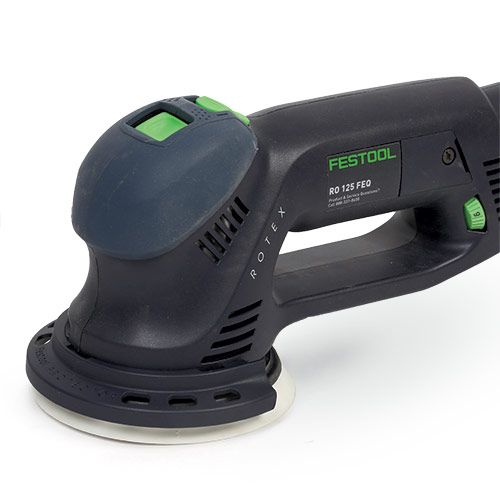
Craftsman Random Orbit Sander
Best Value Random orbit sander
Craftsman Random Orbit Sander

A number of the sanders have variable speed control, although the value of this feature is questionable. Professional finisher Teri Masaschi suggests there’s no advantage to sanding at slower speeds with an electric sander. Furniture maker Chris Gochnour agrees. In any case, I tested the variable-speed sanders at their highest setting.
Other factors to consider are ergonomics and handling. A tool that’s hard to use and control could skitter over the board or dig into it—not exactly what you want when you’re so close to the finish line. In the same vein, all but one were nice to hold from above. People who like to hold a sander around its waist, though, may find some models more spacious there than others.
To view the entire article, please click the View PDF button below.
From Fine Woodworking #272
- Are You Sanding Right? by Teri Masaschi #225–Mar/Apr 2012 Issue
- Surface-Prep Shootout by Asa Christiana #212–May/June 2010 Issue
- Jeff Jewitt Shares Sanding Methods by Jeff Jewitt #250–Nov/Dec 2015 Issue
Black & Decker BDERO600 5-in. Random Orbit Sander
- Fair stock removal and poor dust collection with a vacuum
- Sander has a regular pulse in use
- Paddle switch was awkward, but the on/off lock was handy
- Comfortable, but cramped waist made holding there often uncomfortable
- Slow to stop
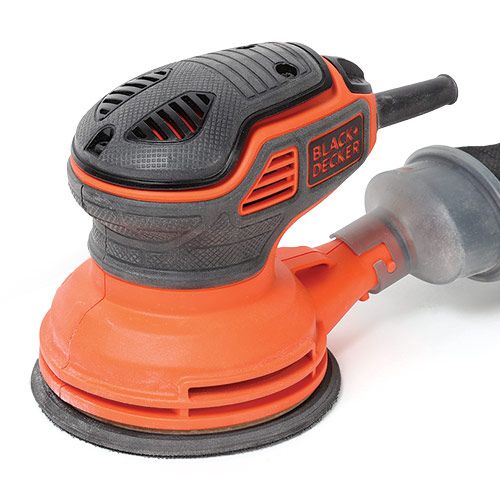
Bosch ROS10 5-in. Random Orbit Sander
- Average for both with a vacuum
- Handling was very good, but a little less so with a vacuum attached
- Easy to grip around the waist
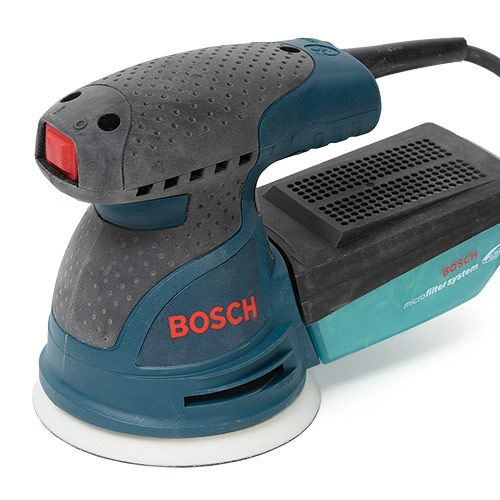
DeWalt DWE6423 5-in. Random Orbit Sander
- Dust collection was near the bottom without a vacuum, but very solid with one
- Roomy waist leaves plenty of options for gripping
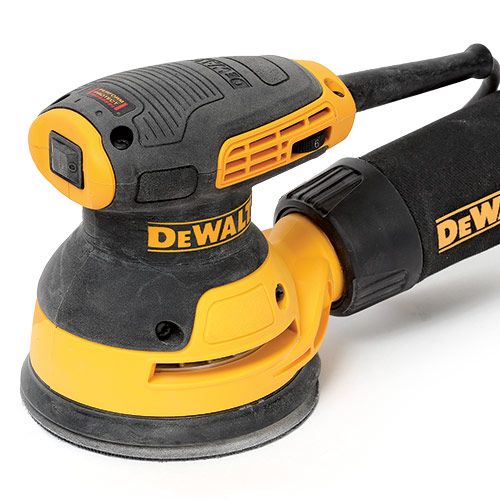
Festool ETS EC 125/3 EQ-Plus Sander 5-in.
- With a vacuum, dust collection was excellent, tock removal fair to poor
- Roomy waist, but square body isn’t very comfortable
- Very quick to stop
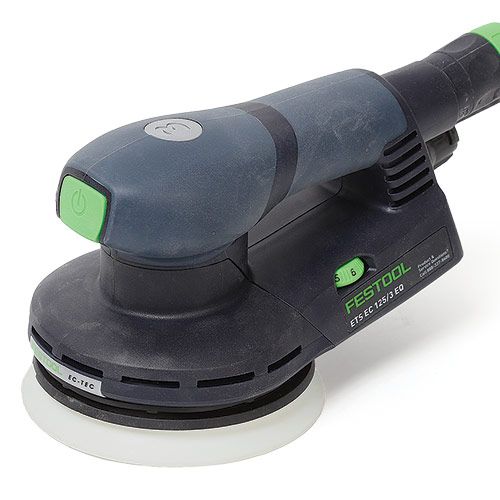
Mirka Random Orbital Sander
Mirka Direct Electric Random Orbital Sander 5-in.
- The paddle switch was awkward to use, but the shape of the head made handling
- Comfortable with one hand or two
- Stops very quickly.
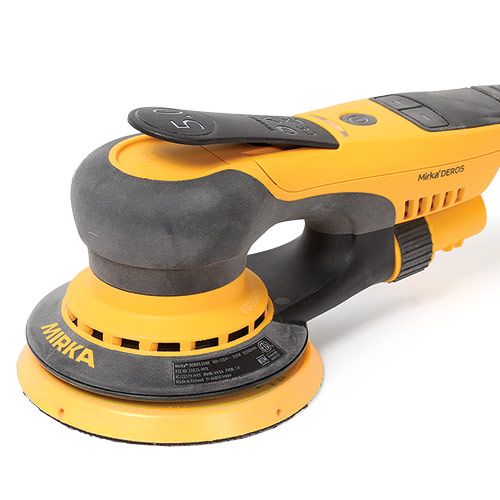
Porter-Cable 382 5-in. Random Orbit Sander
- With a vacuum, stock removal was good and dust collection was excellent
- Slowest to stop
- Not much to grip when held on top.

Ryobi RS29OG 5-in. Random Orbit Sander
- Thanks to a scoop in the dust port, there’s plenty of room to grip around the waist, even when attached to a shop vacuum
- Handles smoothly
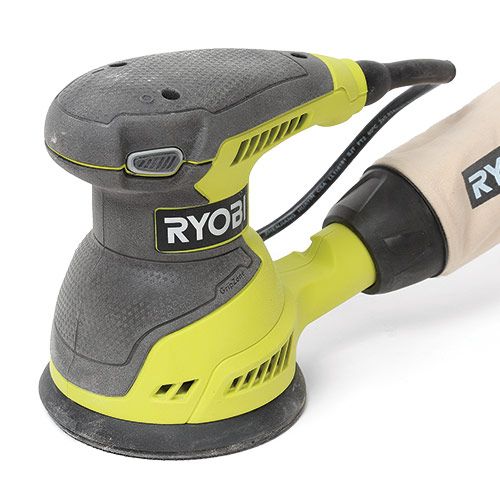


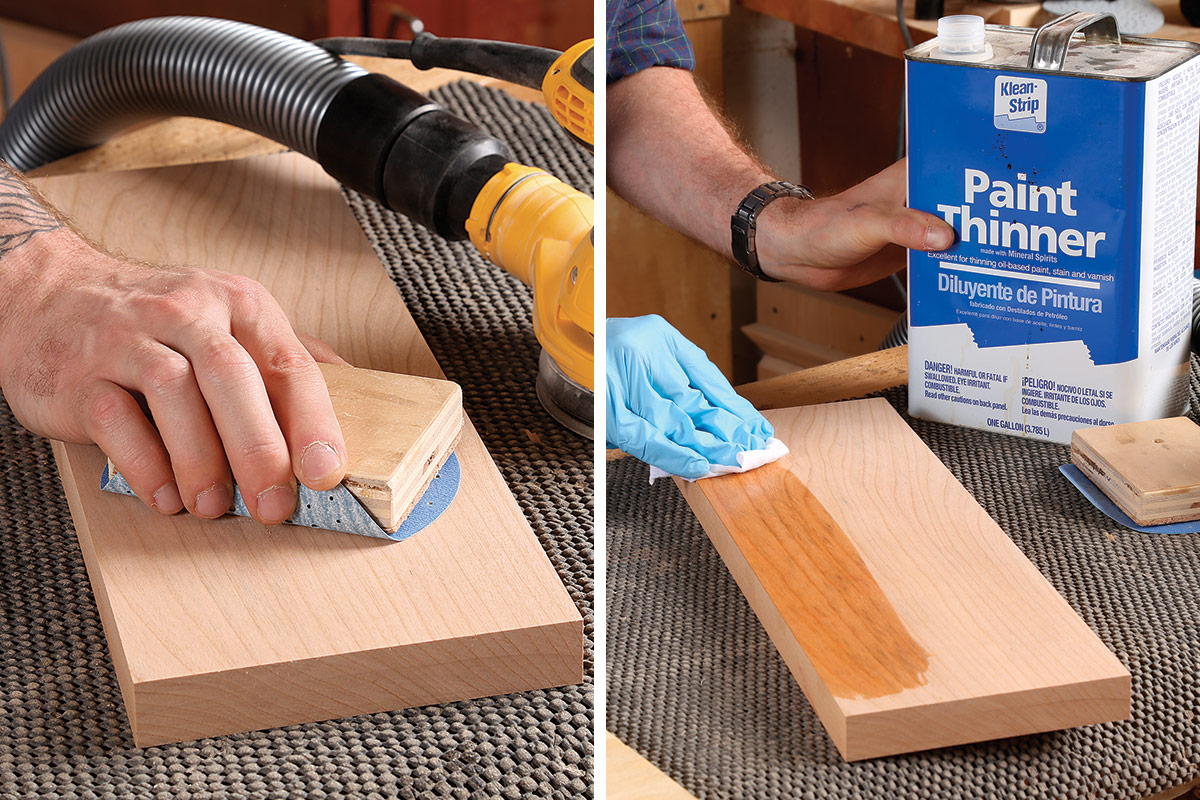

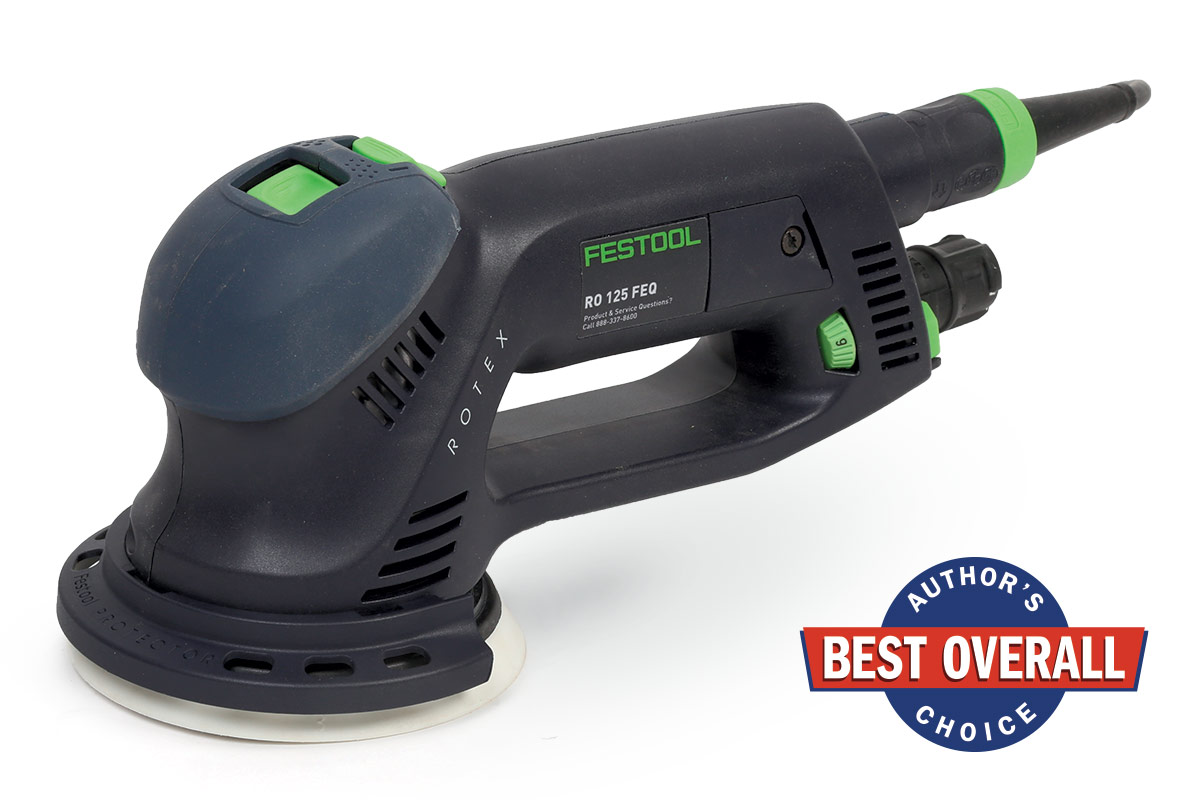
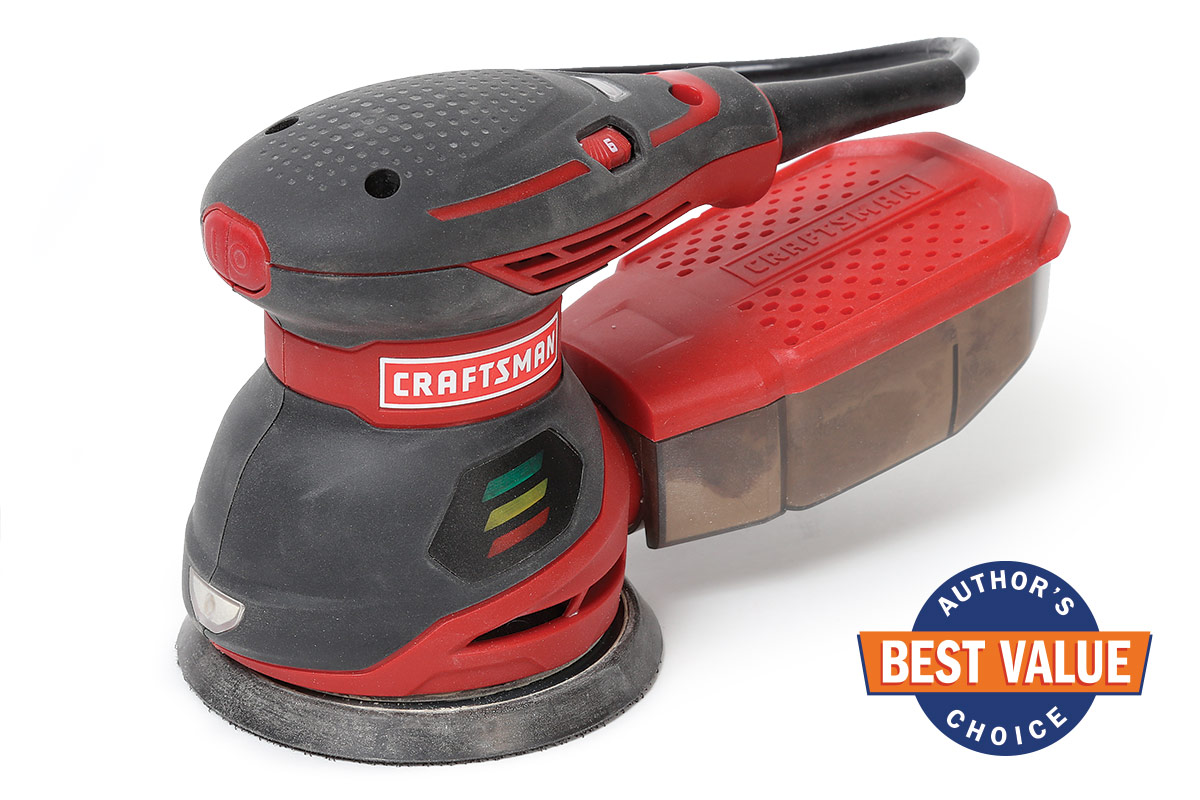


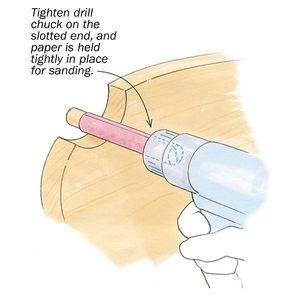
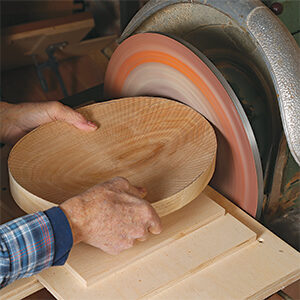

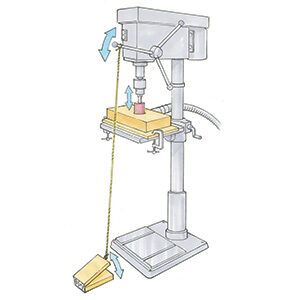















Comments
Barry, thanks for this article. What brand of dust mask is that? Does it work well?
Sorry, but $400-$600 for a ROS is just insane. Think Fortune, Pekovich, Hack, or Van Dyke own such a thing? Reckon Maloof or Krenov had one? I don't think so. Ya think one will turn you into those guys? Practice and dedication produce results. Not stupidly overpriced sanders, as the article quite accurately stated. They all produced the same good results.
Great review though, Barry. Thanks!
I went searching for this article just a few days ago and then tried to find and buy the Craftsman model rated as Best Value. Couldn't do it. Sears stores are gone, the Craftsman model sold at Lowe's is the next level down and Sears online was out of stock for shipping with no information as to when that would be resolved. So I had another look at the article and decided the differences between the tools, for my purposes, just weren't that great.
I'm going to buy the Rigid this afternoon.
Surprised you didn't test the 3M sander - I think it is nearly as good as Festool and at a reasonable price.
Very surprised someone hasn't built something in the $150-ish range to fill the giant price gap between the units sitting in the $50-$80 range and the huge jump to $200+.
As has been mentioned, it's too bad the article doesn't include the 3M 5" Xtract sander. I might be enticed to spend $300 on an orbital sander, but zero chance I'll spend $550.
Maybe that's because the 3M Xtract came out in 2022, 3 years after this article was written. I kinda doubt many of the models and numbers are still valid.
Log in or create an account to post a comment.
Sign up Log in